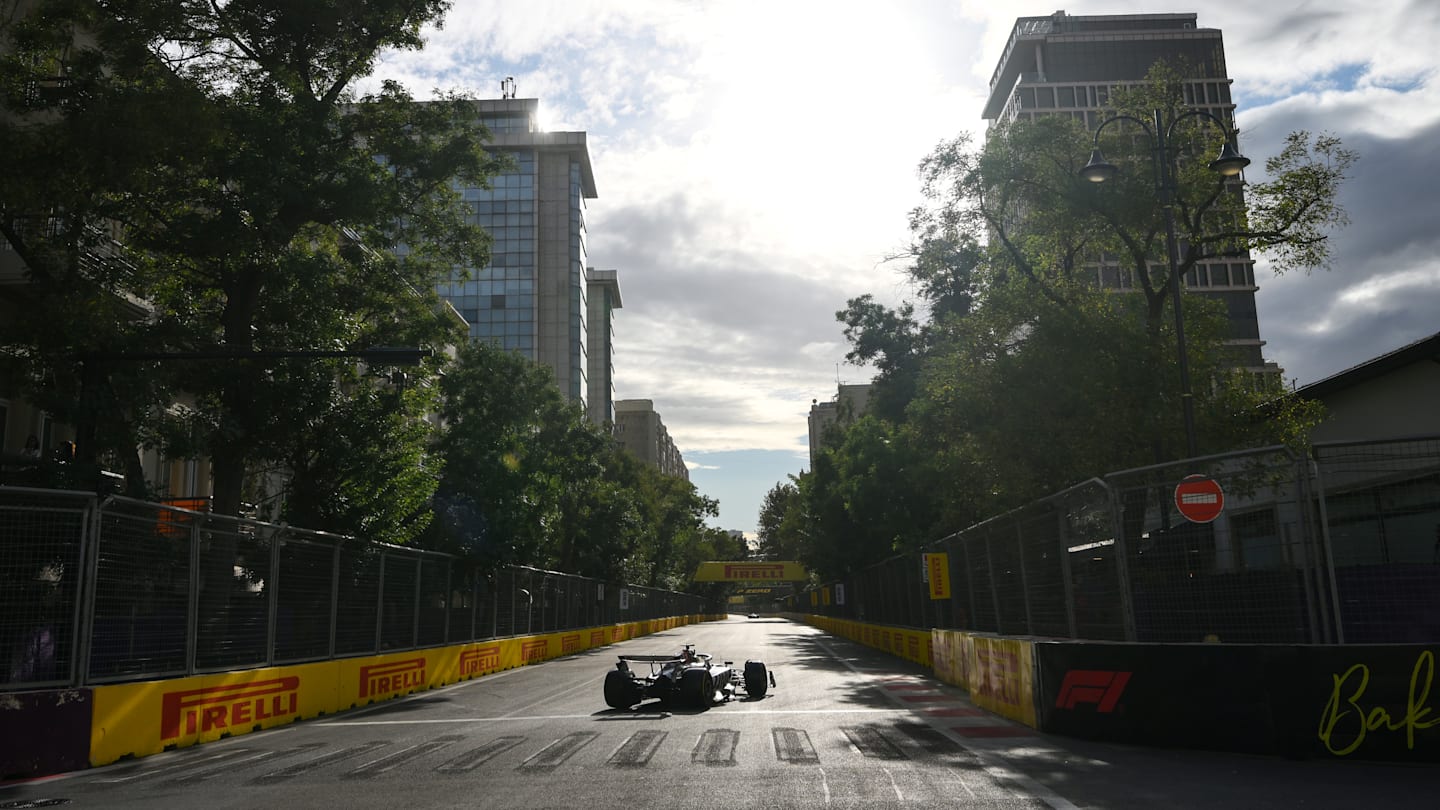How Did a Massive Russian Aerial Attack Leave Three Dead in Ukraine?

Published: 2025-09-20 14:30:19 | Category: technology
In a significant escalation of hostilities, President Volodymyr Zelensky has reported that a massive Russian aerial attack on Ukraine has resulted in at least three fatalities and over 30 injuries. This assault, described as part of a "deliberate strategy" targeting civilians and critical infrastructure, marks a troubling continuation of the conflict following Russia's ongoing military aggression since its full-scale invasion in 2022.
Last updated: 30 October 2023 (BST)
Key Takeaways
- At least three people have died and over 30 have been injured in a recent Russian aerial assault on Ukraine.
- The attack involved the launch of 619 missiles and drones, hitting various regions across the country.
- Ukraine is retaliating by targeting Russian oil refineries and military facilities to disrupt the ongoing war effort.
- Tensions are rising within NATO following airspace violations by Russian jets in Estonia and other member countries.
- President Zelensky is scheduled to meet with US President Donald Trump amidst ongoing discussions for a ceasefire.
Overview of the Recent Attack
The recent aerial attack on Ukraine has been described by President Zelensky as a "massive" operation orchestrated by Russian forces. The Ukrainian air force reported that the strike involved 619 drones and missiles, which were unleashed across multiple regions, resulting in civilian casualties and infrastructural damage. A notable incident involved a direct missile strike on a residential building, highlighting the indiscriminate nature of the attacks.
Russian Military Strategy
According to the Russian defence ministry, this "massive strike" employed "precision weapons" aimed at military-industrial facilities. However, the specific targets and the effectiveness of these strikes remain contested, as the situation on the ground is fluid and rapidly evolving.
Ukraine has accused Russia of using these attacks as a means to "intimidate civilians and destroy our infrastructure." The impact of these strategies on civilian morale and living conditions in Ukraine cannot be understated, with many areas facing disruption to essential services.
Ukrainian Response
In response to the ongoing Russian aggression, Ukraine has systematically targeted key industrial facilities in Russia, focusing on oil refineries vital to the Kremlin's military operations. Recently, reports emerged of a drone strike on an oil refinery in the Saratov region, which resulted in four reported fatalities. This reflects Ukraine's strategic aim to weaken Russia's operational capabilities while also sending a message to its adversaries.
Escalating Tensions in the Region
The conflict has not only remained confined to Ukrainian borders. Recently, NATO member states such as Poland and Romania have reported breaches of their airspace by Russian drones, raising alarms about the potential for broader regional conflict. In a separate incident, Estonia requested urgent consultations with fellow NATO members after Russian jets violated its airspace for 12 minutes before being intercepted. Russia, however, denies these allegations, further complicating diplomatic relations within the alliance.
International Reactions
The international community has been closely monitoring these developments, especially with the upcoming United Nations General Assembly (UNGA) where President Zelensky is expected to meet with US President Donald Trump. Discussions around a potential ceasefire and further military support are likely to dominate the agenda. Trump's previous engagement with Russian President Vladimir Putin in Alaska has set the stage for complex negotiations, as no concrete agreements emerged from that meeting regarding the conflict in Ukraine.
What’s Next for Ukraine?
As the situation develops, the potential for further escalations remains high. Ukraine's focus on retaliatory strikes against Russian industrial targets may intensify, while the threat of continued aerial assaults looms large over civilian populations. The international community's role will be crucial in mediating discussions for a ceasefire and providing military and humanitarian support to Ukraine.
The ongoing conflict continues to evolve, with both sides engaging in strategic posturing that could lead to further instability in the region. As Ukraine seeks to bolster its defenses and respond to Russian aggression, the humanitarian consequences for civilians caught in the crossfire will remain a critical concern.
FAQs
What caused the recent Russian aerial attack on Ukraine?
The recent aerial attack was part of Russia's ongoing military strategy to target Ukrainian infrastructure and intimidate civilians amidst the ongoing conflict that escalated in 2022.
What are the reported casualties from the latest attack?
At least three individuals were killed, and over 30 were injured in the aerial assault, with damage reported to civilian infrastructure, including residential buildings.
How is Ukraine responding to the attacks?
Ukraine is retaliating by targeting Russian oil refineries and other military-industrial facilities to disrupt Russia's war efforts and reduce its operational capacity.
What role does NATO play in the current conflict?
NATO member states are concerned about airspace violations by Russian jets and are discussing collective security measures. The alliance's response may shape the future dynamics of the conflict.
What are the implications of Zelensky's meeting with Trump?
The meeting between President Zelensky and US President Donald Trump at the UNGA is expected to focus on military support and discussions for a potential ceasefire amid escalating tensions.



